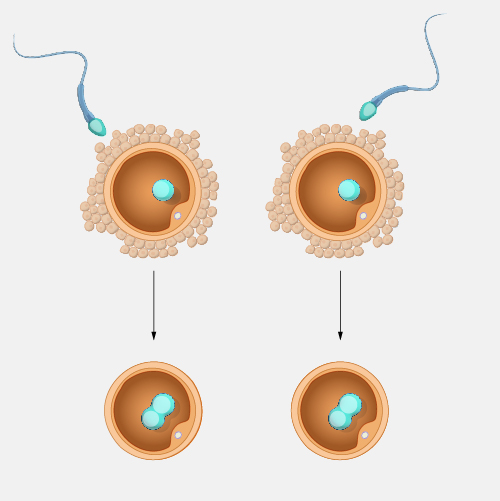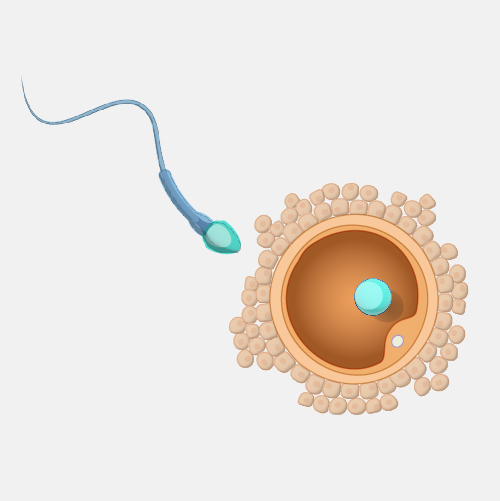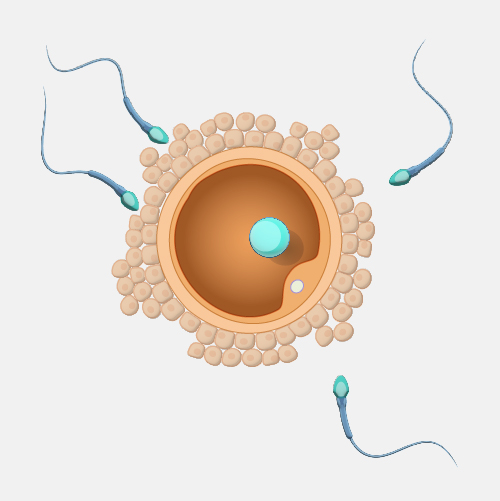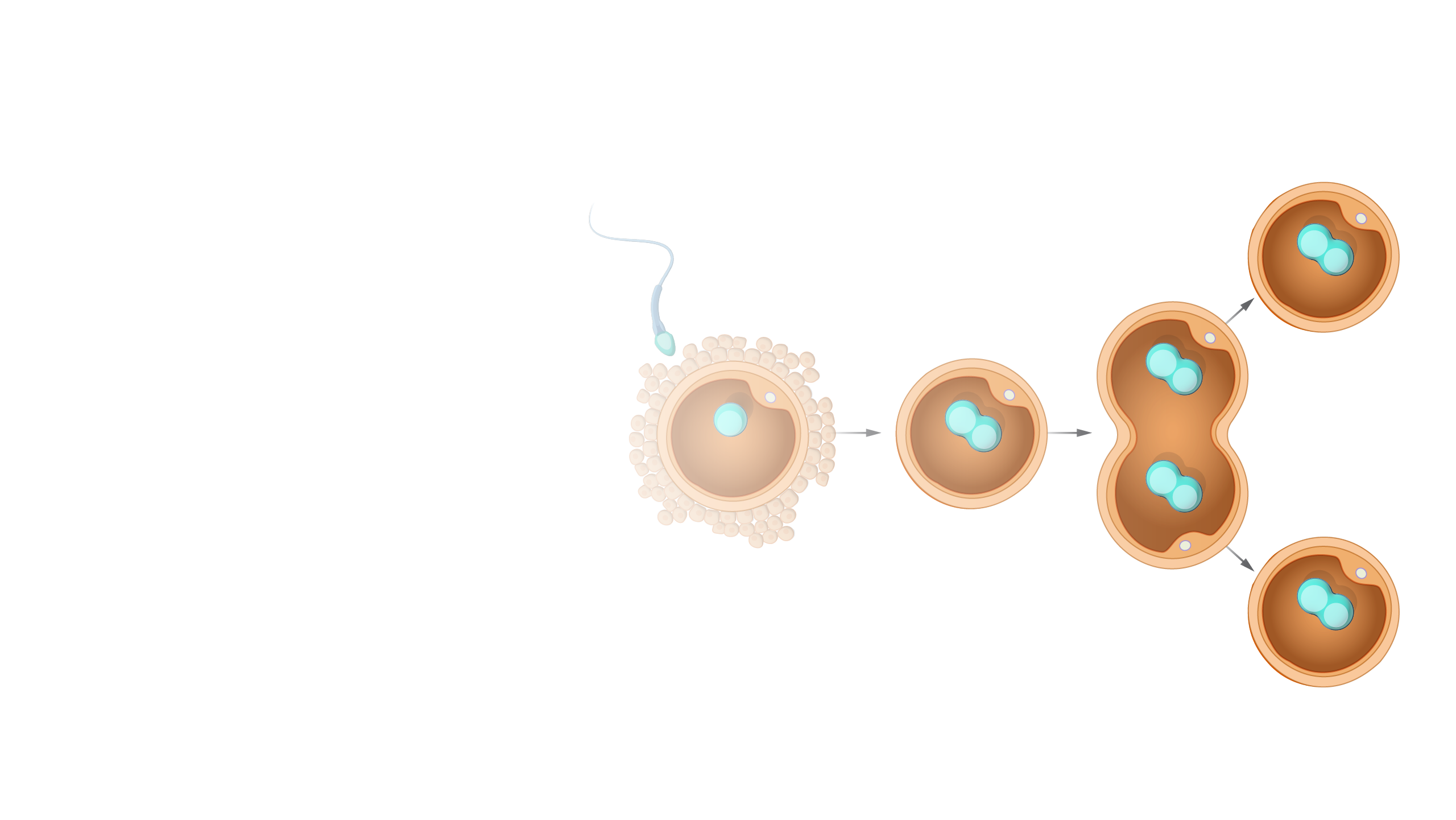
Identical Twins
Definition
Identical twins (also called monozygotic twins) result from the fertilization of a single egg by a single sperm, with the fertilized egg then splitting into two. Identical twins share the same genomes and are nearly always the same sex. In contrast, fraternal (dizygotic) twins result from the fertilization of two separate eggs with two different sperm during the same pregnancy. Like most other siblings, fraternal twins share half of their genomes. The sex of one fraternal twin has no relation to the sex of the other and they may not have similar appearances.
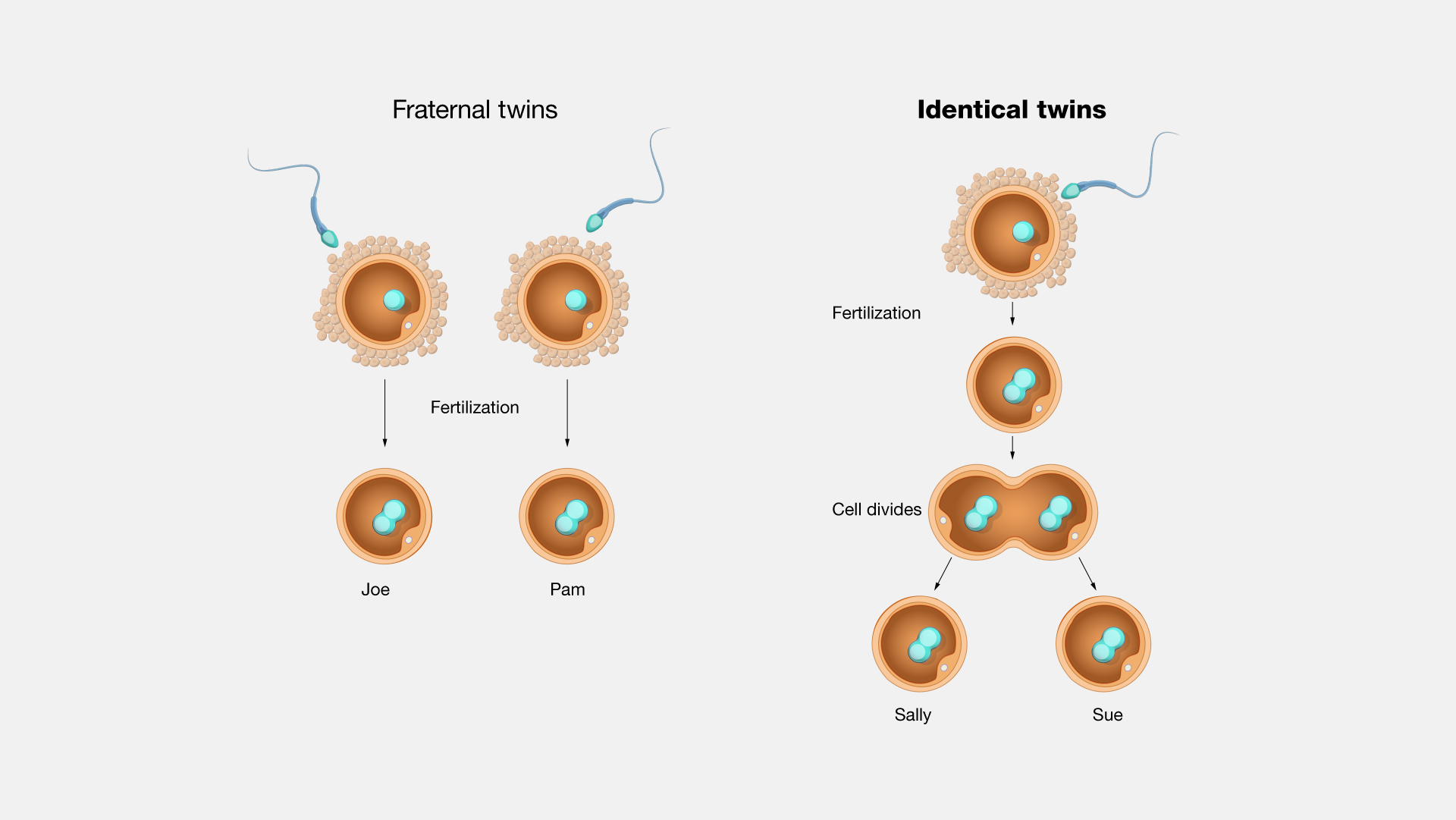
Narration
Identical twins. There are many classical studies that looked at twins to try to figure out how much genetics contributed to a particular health condition. That is, these studies looked at identical twins and nonidentical twins. The question was, if one twin has the condition, does the other twin have it, too? By comparing the rates between identical and nonidentical twins, researchers could try to estimate how much genetics was involved in that particular health condition. So twins have always had a very special place in genetics.


